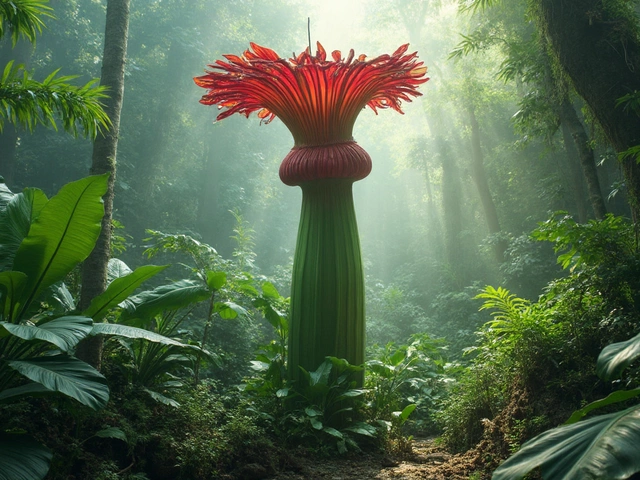Ground Cover Plants: Easy, Low‑Maintenance Options for Indian Gardens
Looking for a green carpet that doesn’t need daily mowing? Ground cover plants are the answer. They spread quickly, hold soil, and keep weeds at bay while staying pretty all year. In India’s diverse climate, you just need the right pick and a few simple steps.
Choosing the Right Ground Cover
First off, think about your zone. A garden in Kerala faces heavy rain, while Rajasthan deals with dry heat. Pick species that love the conditions you have. For humid regions, Centella asiatica (Gotu Kola) and Ajuga reptans (Bugleweed) thrive. In hotter, drier spots, Creeping Thyme and Lantana camara ‘Pink Impulse’ spread well without much water.
Sun exposure matters too. Full‑sun areas can handle Portulaca oleracea (Purslane) or Periwinkle (Vinca minor). Shady borders love Ferns and Japanese Spurge. Consider soil type – sandy loam works for most, but if you have clay, add compost to improve drainage before planting.
Planting and Maintenance Tips
Start with a clean bed. Remove weeds, loosen the top 2‑3 cm of soil, and mix in a handful of organic compost per square foot. This gives the seedlings a nutrient boost and helps them root faster.
Space the starter plants according to the label – usually 15‑20 cm apart for fast spreaders. Water gently but thoroughly right after planting. For the first two weeks, keep the soil moist but not soggy; this is when roots are establishing.
Once the plants fill in, you can cut back watering to once a week in monsoon‑prone areas or once every ten days in dry zones. Mulching with straw or shredded leaves reduces evaporation and suppresses new weeds.
If you see thin spots, simply pull a few plug plants from a dense area and re‑plant them where the cover is thin. Ground cover loves to be nudged – it’s how it stays dense.
Pruning isn’t a big deal, but a light trim after flowering keeps the mat tidy and encourages fresh growth. For aromatic covers like thyme, a trim also gives you fresh herbs for the kitchen.
Watch out for pests. In most cases, ground cover resists insects, but a sudden aphid outbreak can happen on leafy varieties. A quick spray of neem oil usually settles it.
Finally, think about design. Mix two or three species with different leaf colors or textures for visual interest. Pair a low‑green carpet like Bugleweed with a splash of reddish Creeping Thyme and you get a dynamic look without extra work.
With these simple choices, you’ll have a lush, green floor that protects your soil, reduces water use, and looks great all year. Ready to ditch the mower and let nature do the work? Grab your chosen plants and start spreading the green today!
Best Ground Cover for Hillside Erosion Control
Hillsides can be tricky to manage, especially when it comes to erosion. Ground covers offer a natural solution by stabilizing the soil and providing an aesthetic appeal. This article explores top ground cover options for hillsides, highlighting their benefits and planting tips to ensure effective erosion control.
About
Terrace Gardening
Latest Posts


Flushing Your Drip Irrigation System: How Often Should You Do It?
By Alden Thorne Feb 19, 2025

Bonsai Care for Beginners: Simple Steps to a Healthy Tree
By Alden Thorne Apr 29, 2025

Does Rice Grow Back Every Year? Understanding Rice's Regrowth Cycle
By Alden Thorne Jun 6, 2025

